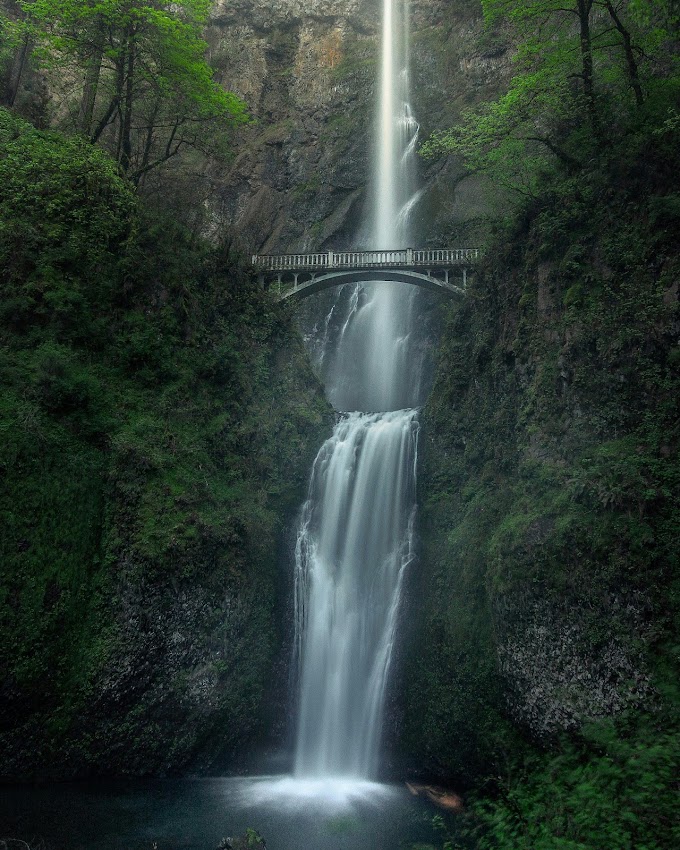Havasu Falls, a stunning waterfall located within the Havasupai Indian Reservation in Arizona, is a must-visit destination for nature enthusiasts and adventure seekers. Renowned for its turquoise waters and picturesque surroundings, Havasu Falls is an integral part of the Grand Canyon's allure, drawing thousands of visitors each year.
Location and Access
Havasu Falls is situated deep within the Havasupai Indian Reservation, in a remote part of the Grand Canyon. The journey to this hidden gem begins at the Hualapai Hilltop, the trailhead for the hike to the falls. Accessing Havasu Falls requires a challenging 10-mile hike from the hilltop, which demands physical endurance and proper planning. It's essential to secure a permit in advance, as the Havasupai tribe strictly regulates visitor numbers to preserve the natural beauty of the area.History of Havasu Falls
The history of Havasu Falls is deeply intertwined with the Havasupai tribe, who have inhabited the Grand Canyon for centuries. The falls hold cultural and spiritual significance for the tribe, symbolizing life and sustenance. The Havasupai people have managed the land for generations, ensuring the preservation of their heritage and the natural environment.The Hike to Havasu Falls
Starting at the Hualapai Hilltop, the hike to Havasu Falls is both demanding and rewarding. The trail descends steeply into the canyon, winding through rugged terrain and offering breathtaking views. The 10-mile journey requires hikers to be well-prepared, carrying essentials such as water, food, and appropriate gear. Despite its challenges, the hike is a memorable adventure that culminates in the awe-inspiring sight of Havasu FallsNatural Beauty and Features
Havasu Falls is renowned for its striking turquoise waters, created by high levels of calcium carbonate. The falls drop approximately 100 feet into a series of inviting pools, surrounded by lush vegetation and red rock formations. The area is home to diverse flora and fauna, making it a paradise for nature lovers and photographers alike.Best Time to Visit
The best time to visit Havasu Falls is during the spring and fall, when temperatures are moderate, and the weather is ideal for hiking and camping. Summer can be extremely hot, making the hike more strenuous, while winter may bring colder temperatures and less predictable weather conditions.Read More : Discover Suwat Waterfall: A Beginner’s Guide Suwat Waterfall
Read More : Tahquamenon Falls Guide: Explore, Hike, and Capture Beauty
Read More : Tumpak Sewu Waterfalls
Camping and Accommodation
Camping is the primary accommodation option at Havasu Falls, with a designated campground located close to the falls. The campground offers basic amenities, including composting toilets and fresh spring water. It's essential to book a campsite in advance, as spots are limited and in high demand.
Activities at Havasu Falls
Visitors to Havasu Falls can enjoy a range of activities, from swimming and wading in the refreshing pools to exploring nearby trails and waterfalls. The falls provide a perfect backdrop for photography, offering countless opportunities to capture the natural beauty of the area. For those seeking further adventure, the hike to Mooney Falls and Beaver Falls extends the exploration of this enchanting region.
Safety Tips
Safety is paramount when visiting Havasu Falls. Hikers should stay hydrated, wear appropriate footwear, and be mindful of the challenging terrain. It's also important to be aware of local wildlife and follow guidelines to ensure a safe and enjoyable experience.
Environmental Conservation
Preserving the pristine environment of Havasu Falls is crucial. Visitors are encouraged to practice responsible tourism by following Leave No Trace principles, minimizing their impact on the natural surroundings. The Havasupai tribe's efforts in maintaining the area are commendable, and supporting their conservation initiatives is vital.
Cultural Etiquette
Respecting the Havasupai tribe and their traditions is essential for visitors. This includes adhering to guidelines set by the tribe, being mindful of sacred sites, and engaging with the community respectfully. Understanding and honoring the cultural significance of Havasu Falls enhances the overall experience.
Packing Essentials
When preparing for the hike to Havasu Falls, it's crucial to pack wisely. Essentials include sturdy hiking boots, ample water, food supplies, a first aid kit, and a reliable backpack. Optional items like a camera, swimwear, and trekking poles can enhance the adventure.
Local Cuisine and Supplies
While the hike requires self-sufficiency, visitors can find basic supplies at the Havasupai village. Local vendors offer traditional food and essentials, providing a glimpse into the culinary culture of the Havasupai people.
Nearby Attractions
In addition to Havasu Falls, the area boasts other stunning waterfalls and landmarks. Mooney Falls, Beaver Falls, and the Havasu Creek are worth exploring. Day trips to these sites offer further immersion into the natural beauty of the Grand Canyon.
Conclusion
Havasu Falls is a breathtaking destination that offers a unique blend of natural beauty, cultural significance, and adventure. Whether you're an avid hiker, a nature enthusiast, or someone seeking a serene escape, Havasu Falls promises an unforgettable experience. By respecting the environment and the Havasupai tribe's heritage, visitors can ensure that this hidden gem remains pristine for future generations.
FAQs
- What is the best way to reach Havasu Falls?
The best way to reach Havasu Falls is by hiking from the Hualapai Hilltop, which is a 10-mile trek to the falls.
- Do I need a permit to visit Havasu Falls?
Yes, a permit is required to visit Havasu Falls. Permits must be obtained in advance from the Havasupai tribe.
- What is the difficulty level of the hike?
The hike to Havasu Falls is considered moderately difficult, requiring physical endurance and proper preparation.
- Are there any facilities at the campsite?
The campground near Havasu Falls offers basic facilities such as composting toilets and access to fresh spring water.
- How can I contribute to the conservation efforts?
Visitors can contribute to conservation efforts by practicing responsible tourism, following Leave No Trace principles, and supporting the Havasupai tribe's initiatives.





.jpg)



